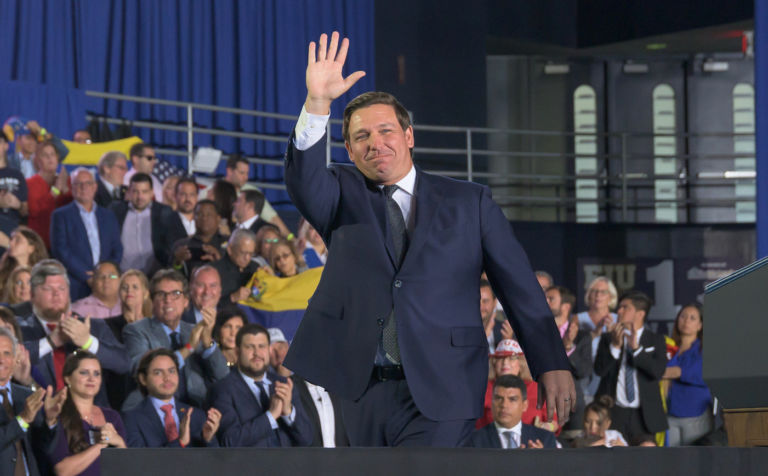The latest issue of Hillsdale College’s Imprimis features Jeffrey Tucker’s insights about the impact of government’s response to COVID-19.
The economy—viewed as mechanistic, money-centered, mostly about the stock market, and detached from anything truly important—was pitted against public health and the preservation of life. The assumption seemed to be that you had to choose one or the other—that you could not have both.
It also seemed to be widely believed in 2020 that the best approach to pandemics was to institute massive human coercion—a belief based on the novel theory that if you make humans behave like non-player characters in computer models, you can keep them from infecting one another until a vaccine arrives to wipe out the pathogen.
The lockdown approach in 2020 stood in stark contrast to a century of public health experience in dealing with pandemics. During the great influenza crisis of 1918, only a few cities tried coercion and quarantine—mostly San Francisco, also the home at the time of the first Anti-Mask League—whereas most locations took a person-by-person therapeutic approach. Given the failure of quarantines in 1918, they were not employed again during the disease scares—some real, some exaggerated—of 1929, 1940-44, 1957-58, 1967-68, 2003, 2005, and 2009. In all of those years, even the national media acted responsibly in urging calm.
But not in 2020, when policymakers—whether due to intellectual error, political calculations, or some combination of the two—launched an experiment without precedent. The sick and well alike were quarantined through the use of stay-at-home orders, domestic capacity limits, and business, school, and church shutdowns. This occurred not only in the U.S., but worldwide—with the notable exception of perhaps five nations and the state of South Dakota.
Needless to say, the consequences were profound. Coercion can be used to turn off an economy. But given the resulting trauma, turning an economy back on is not so easy.


